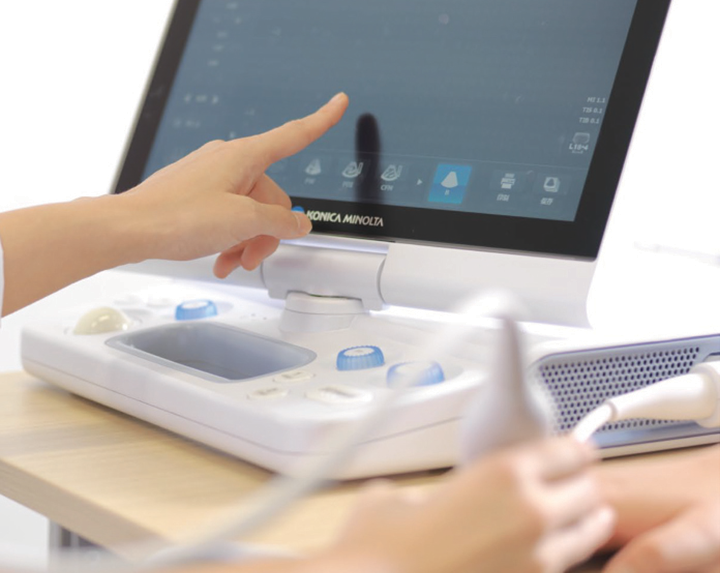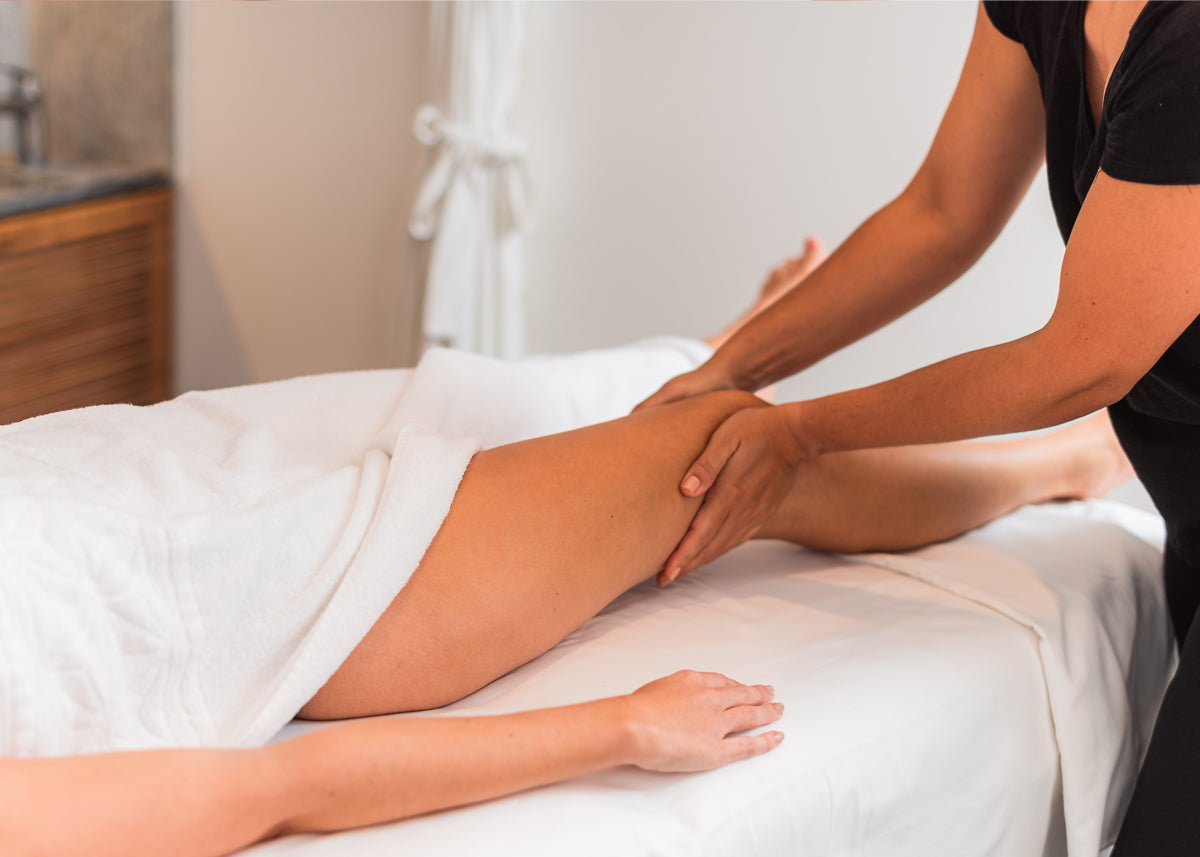Atrophic scars, commonly resulting from conditions like acne or chickenpox, are sunken or pitted scars that occur when the skin fails to regenerate tissue. These types of scars pose a significant cosmetic concern for many, affecting confidence and skin texture. Laser Scar Removal is one of the most advanced and reliable dermatological solutions used by professionals to treat atrophic scars. This technique utilizes focused laser energy to resurface the skin and stimulate collagen production deep within the dermis. The goal is to lift the depressed scar areas and blend them with the surrounding healthy tissue. Many individuals dealing with stubborn scars now turn to Laser Scar Removal in Dubai to benefit from the latest medical technologies and highly experienced dermatologists.
Understanding Atrophic Scars
Atrophic scars form when the skin loses its ability to produce enough collagen during the healing process. Unlike hypertrophic or keloid scars, which rise above the skin, atrophic scars are recessed and appear as pits or indentations. They are most commonly caused by:
- Severe acne
- Chickenpox
- Surgery or trauma
- Infections
The skin’s inability to regenerate leads to these visible skin depressions, making the surface look uneven and textured. Effective treatment requires techniques that promote collagen production and even out the skin surface—where laser therapy excels.

What Is Laser Scar Removal?
Laser Scar Removal is a non-invasive dermatological treatment that uses concentrated light beams to treat damaged skin cells and stimulate natural skin regeneration. The process focuses on skin resurfacing, targeting the scar tissue layer by layer while encouraging new, healthy tissue growth.
There are two primary types of lasers used by dermatologists:
- Ablative Lasers (e.g., CO₂ or Er:YAG): Remove the outer layer of skin, allowing new skin to regenerate from beneath.
- Non-Ablative Lasers (e.g., Fraxel): Penetrate deeper layers of skin without removing the top layer, stimulating collagen from within.
Dermatologists carefully select the laser type based on the scar depth, skin type, and individual healing response.
How Laser Treatment Works for Atrophic Scars
Laser technology treats atrophic scars through a combination of heat and light energy that initiates a healing response in the skin. Here’s how dermatologists typically approach the treatment:
1. Skin Assessment and Mapping
Before starting the procedure, dermatologists thoroughly assess the patient’s skin. This includes examining scar depth, texture, and the patient’s skin type. Based on this analysis, a tailored treatment plan is created.
2. Pre-Treatment Preparation
To optimize the results and minimize risks, patients are prepared for the procedure with cleansing protocols and sometimes topical anesthetics. Dermatologists ensure the skin is free of any active infection or irritation before starting.
3. Laser Application
Using either ablative or non-ablative lasers, doctors direct laser energy to the affected areas. The energy reaches the dermis, heating the tissue and promoting collagen remodeling. For atrophic scars, the treatment encourages skin plumping from within, reducing scar visibility.
4. Skin Remodeling
Over the following weeks, the treated area undergoes a transformation. The laser has triggered fibroblasts to generate new collagen, which gradually lifts and fills the depressed areas. This natural healing process helps the scar blend with surrounding tissue.
5. Series of Sessions
Atrophic scars often require multiple laser sessions for optimal results. Dermatologists schedule treatments at intervals of several weeks to allow the skin to heal fully and show progressive improvement.
Types of Lasers Used for Atrophic Scar Removal
Fractional CO₂ Laser
One of the most common lasers for atrophic scars. It removes microscopic columns of damaged skin and promotes collagen renewal. Dermatologists use this to treat deeper scars effectively.
Er:YAG Laser
Known for its precision, the Erbium:YAG laser is ideal for patients with lighter skin tones and shallow scars. It provides minimal thermal damage, making it suitable for sensitive skin.
Fractional Non-Ablative Laser (e.g., Fraxel)
This laser targets deeper dermal layers without damaging the skin surface. It is a gentler option with minimal downtime but may require more sessions for visible results.
Pulsed Dye Laser (PDL)
Although primarily used for redness, PDL can be combined with fractional lasers to treat vascular components of atrophic scars, improving overall appearance.
Why Dermatologists Prefer Laser Treatment for Atrophic Scars
Laser therapy has become the treatment of choice for dermatologists dealing with atrophic scars because:
- It precisely targets scar tissue without affecting surrounding skin.
- It stimulates natural collagen regeneration, key for lifting sunken areas.
- It allows for customization based on skin type and scar severity.
- It has minimal downtime compared to surgical alternatives.
Dermatologists value the control and versatility laser devices offer, which leads to higher patient satisfaction and more consistent results.
Benefits of Laser Scar Removal for Atrophic Scars
Patients and dermatologists alike recognize the multiple benefits of laser therapy for atrophic scars:
- Non-Invasive Procedure: No surgical incisions or stitches are required.
- Improved Skin Texture: Smooths the skin’s surface, reducing the depth of indentations.
- Boosts Collagen Production: Essential for lifting the scar and regenerating skin.
- Quick Recovery Time: Most patients resume daily activities within days.
- Safe for Most Skin Types: Modern lasers are adaptable to various tones and textures.
- Long-Lasting Results: Once collagen rebuilds, improvements can be maintained for years.
These benefits make laser treatment a highly effective and sought-after solution for atrophic scarring.
What to Expect During the Procedure
Here’s what the procedure typically involves under the care of a trained dermatologist:
- Consultation: A detailed skin and medical history evaluation is conducted.
- Photography: Baseline images are taken for comparison.
- Topical Numbing: Applied to ensure comfort during the session.
- Laser Session: Laser is precisely applied across the scarred areas.
- Post-Treatment Care: Instructions are provided for sun protection and gentle skincare.
Each session usually lasts between 30 to 60 minutes, depending on the treatment area.
Post-Treatment Expectations
After a laser session, mild redness and swelling are expected. Dermatologists often recommend follow-up appointments to monitor progress and determine if additional sessions are needed. Over time, the skin becomes firmer, smoother, and the appearance of atrophic scars diminishes.
Results Timeline
- Short-Term (1–2 weeks): Initial redness fades; skin begins healing.
- Medium-Term (3–6 weeks): Collagen production becomes visible; texture starts improving.
- Long-Term (3–6 months): Maximum results achieved; scars appear significantly reduced.
Laser scar removal provides gradual but visible improvements, making it a reliable option for patients seeking long-term transformation.
FAQs
Q1: Can all types of atrophic scars be treated with laser?
Yes, most types of atrophic scars, including boxcar, rolling, and ice-pick scars, respond well to laser treatments. However, some deeper scars may require a combination of laser and other dermatologic procedures.
Q2: How many sessions are needed for visible results?
Typically, 3 to 6 sessions are recommended. The number of sessions depends on the scar depth, skin type, and the body’s response to treatment.
Q3: Is laser treatment painful?
Mild discomfort may occur during the procedure. Dermatologists often use topical anesthetics to minimize pain and enhance comfort.
Q4: How long is the recovery period?
Recovery time varies based on the laser type used. Ablative lasers may require a few days of healing, while non-ablative options allow quicker return to routine activities.
Q5: Can laser scar removal completely eliminate scars?
While laser therapy significantly reduces scar appearance and depth, it may not completely erase all scars. The goal is smoother, more uniform skin texture.
Conclusion
Laser Scar Removal has revolutionized how dermatologists treat atrophic scars by offering a safe, effective, and non-invasive solution. With the ability to stimulate deep skin remodeling and collagen renewal, this treatment dramatically improves skin texture and appearance. Personalized treatment plans, expert guidance, and cutting-edge technology make it a top choice for individuals seeking smoother skin. For those looking for the most advanced and reliable options, Laser Scar Removal in Dubai remains a trusted solution under the care of experienced dermatologists.



